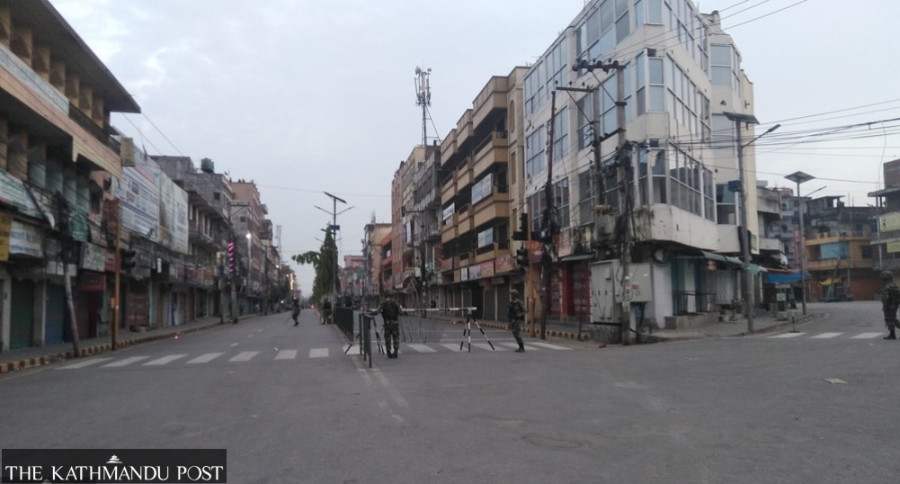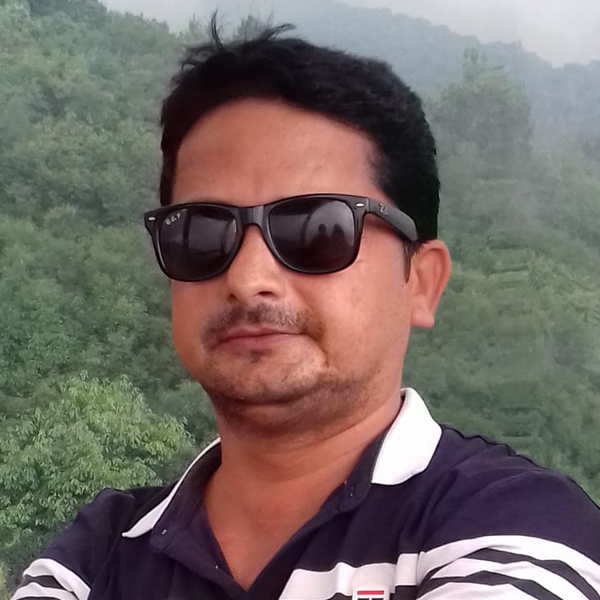National
Prohibitory order remains in force in parts of Birgunj
Curfew in the areas was lifted after Sunday midnight following a five-point agreement reached at the all-party meeting.
Shankar Acharya
Despite lifting the curfew imposed since Saturday evening, the District Administration Office in Parsa has maintained a prohibitory order in major parts of Birgunj on Monday, restricting public gatherings, processions, and assemblies amid heightened tensions following Saturday’s violent clash.
The restricted areas span from Bypass Road in the east to Sirsiya Bridge in the west, Gandak Chowk in the north, and Shankaracharya Gate in the south.
The curfew, initially imposed at 7:30pm on Saturday after violence erupted during a religious procession, was in place until Sunday midnight.
The unrest in the Chhapkaiya area began when unidentified individuals reportedly pelted stones at a religious march near Shreeram Hall Chowk, injuring 41 people—including police personnel and local residents.
All those injured have been discharged from hospital, according to Deputy Superintendent of Police Kishor Lamsal, spokesperson for the District Police Office, Parsa.
The incident also resulted in property damage: one shop was completely destroyed and another partially damaged. Four motorcycles were torched and another four damaged. Several CCTV cameras were vandalised.
In response to the violence, an all-party meeting held at the District Administration Office on Sunday evening reached a five-point agreement to lift the curfew from midnight. The administration subsequently enforced the prohibitory order until further notice.
Such clashes during religious processions have become increasingly common in Nepal’s Tarai districts. In February last year, Rautahat authorities imposed a curfew following violence in Ishnath Municipality-7 during an idol immersion ritual.
In 2019, Kapilvastu district had to enforce an indefinite curfew in Krishnanagar after a Hindu-Muslim dispute over idol immersion escalated into violence.




 18.02°C Kathmandu
18.02°C Kathmandu














